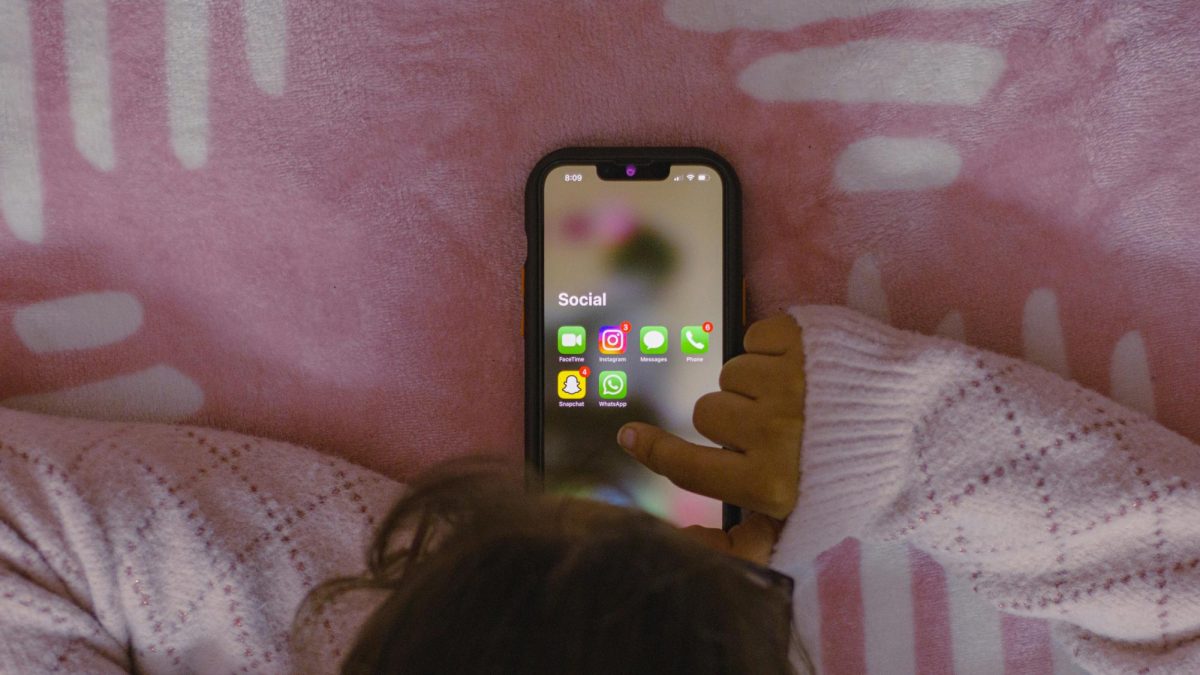What? A new color? Well, not exactly. Although humans have never seen it up until now, it has always existed. Because medium-wavelength light that activates M cones in the human eye also partially activates L and S cones, it wasn’t possible for a naturally occurring color to stimulate M cones without also stimulating L and S scones. However, with the help of new technology, five participants proclaimed that they were able to experience this color, which researchers have referred to as “olo.”
The M cone, which detects medium, greenish wavelengths, was never able to be individually stimulated. This led scientists to ponder about what kind and shade of color humans could see if able to activate just this cone.
In order to discern what this color would look like, Ren Ng and Austin Roorda, both professors at UC Berkeley, used Roorda’s technology that uses tiny microdoses of laser light to activate individual photoreceptors. Roorda refers to this technology as “a microscope for looking at the retina,” and had already been used by ophthalmologists to study diseases of the eye.
The only issue with this technology was the fact that humans, to actually perceive an entirely new color, must find a way to activate thousands of these photoreceptors in the eye.
The development of this technique began in 2018 by James Carl Fong, a doctoral student in electrical engineering and computer sciences at UC Berkeley. Hannah Doyle, another student at Berkeley, performed the experiment in which human participants were able to view olo.
The researchers call their technique “Oz,” named after the Wizard of Oz, as it is a manipulation of the human eye that resembles that of a trick. The method works by utilizing miniscule doses of laser light to individually manipulate up to 1,000 photoreceptors in the eye at once. According to participants in the experiment, the results were nothing like they had ever seen before. Austin Roorda, a creator of Oz said, “It was like a profoundly saturated teal … the most saturated natural color was just pale by comparison.”
This discovery of such a beautiful color has not only been incredibly fascinating, but has also marked a turning point in the knowledge that scientists have pertaining to the nature of human color vision. Fong said, “It gives us a way to study the human retina at a new scale that has never been possible in practice.” This research may even lead to applications for improving vision in those who experience blindness.









